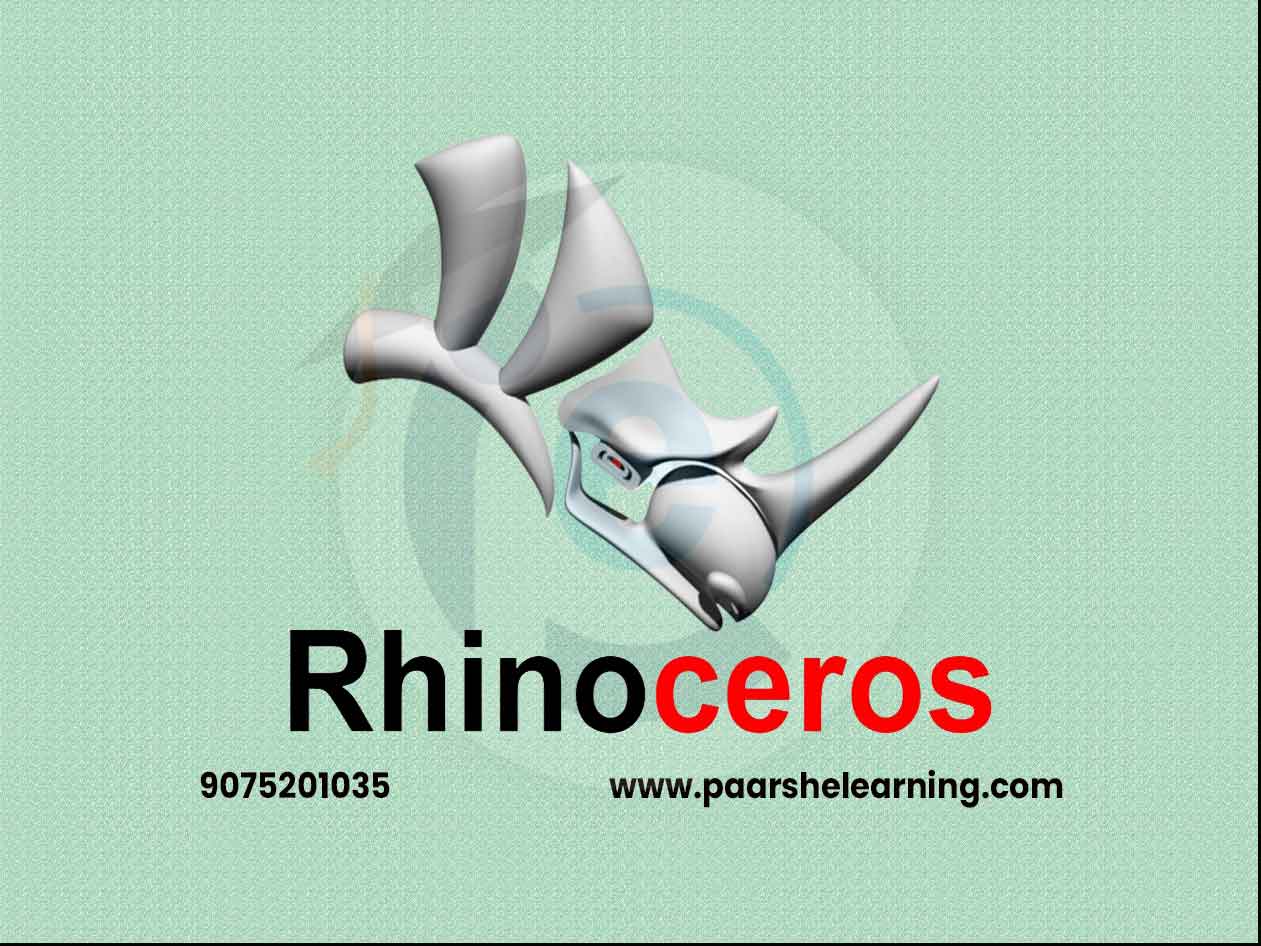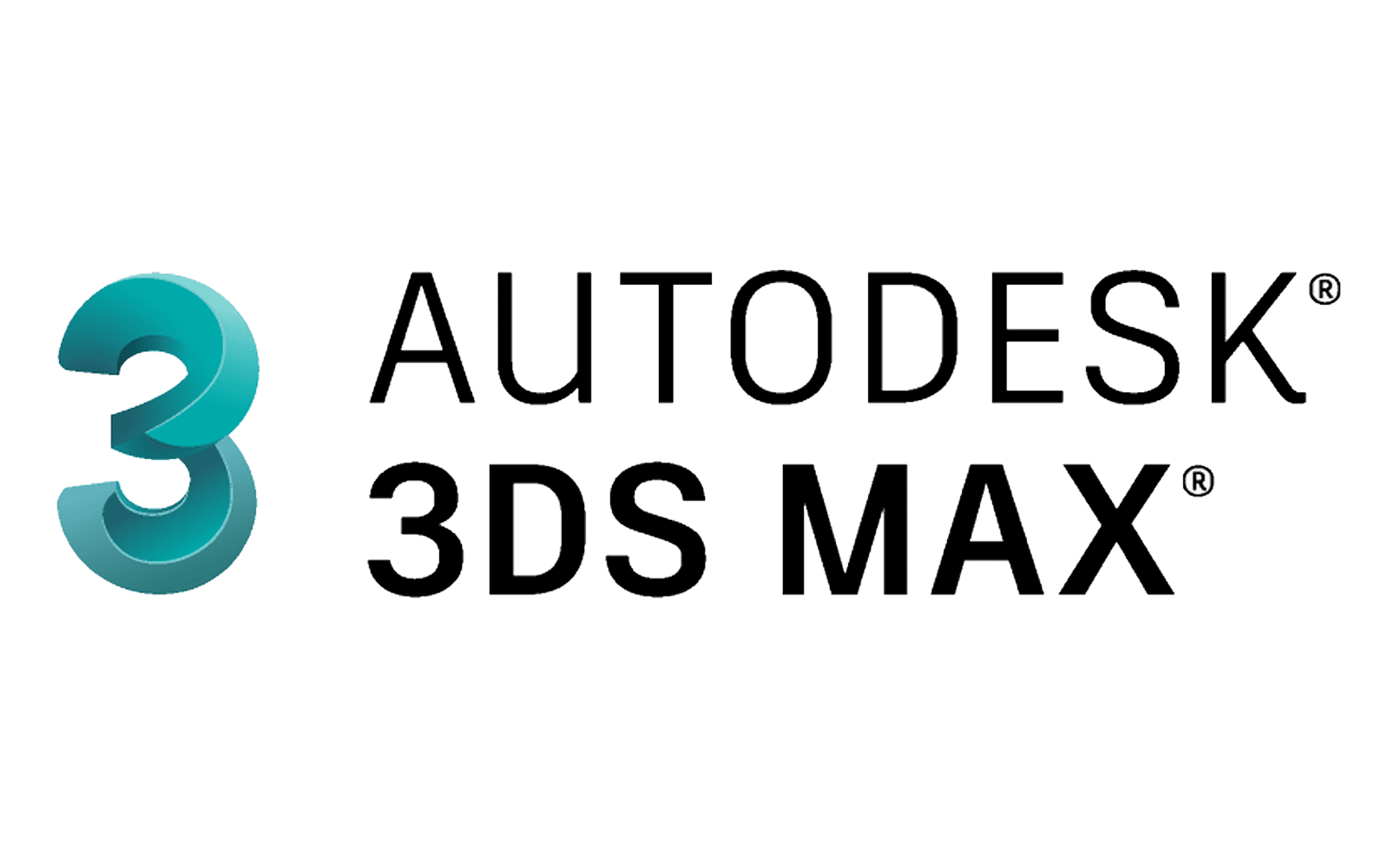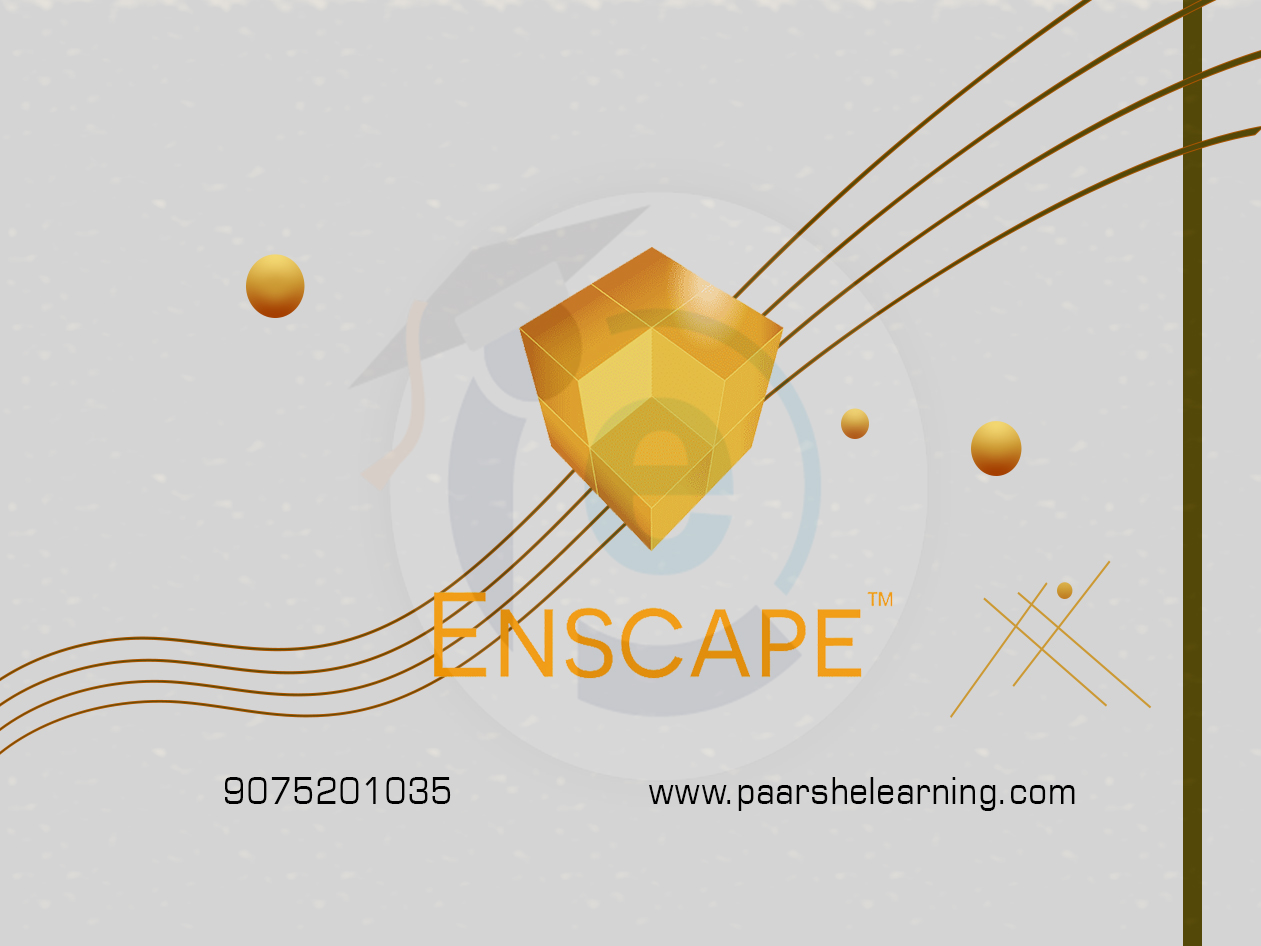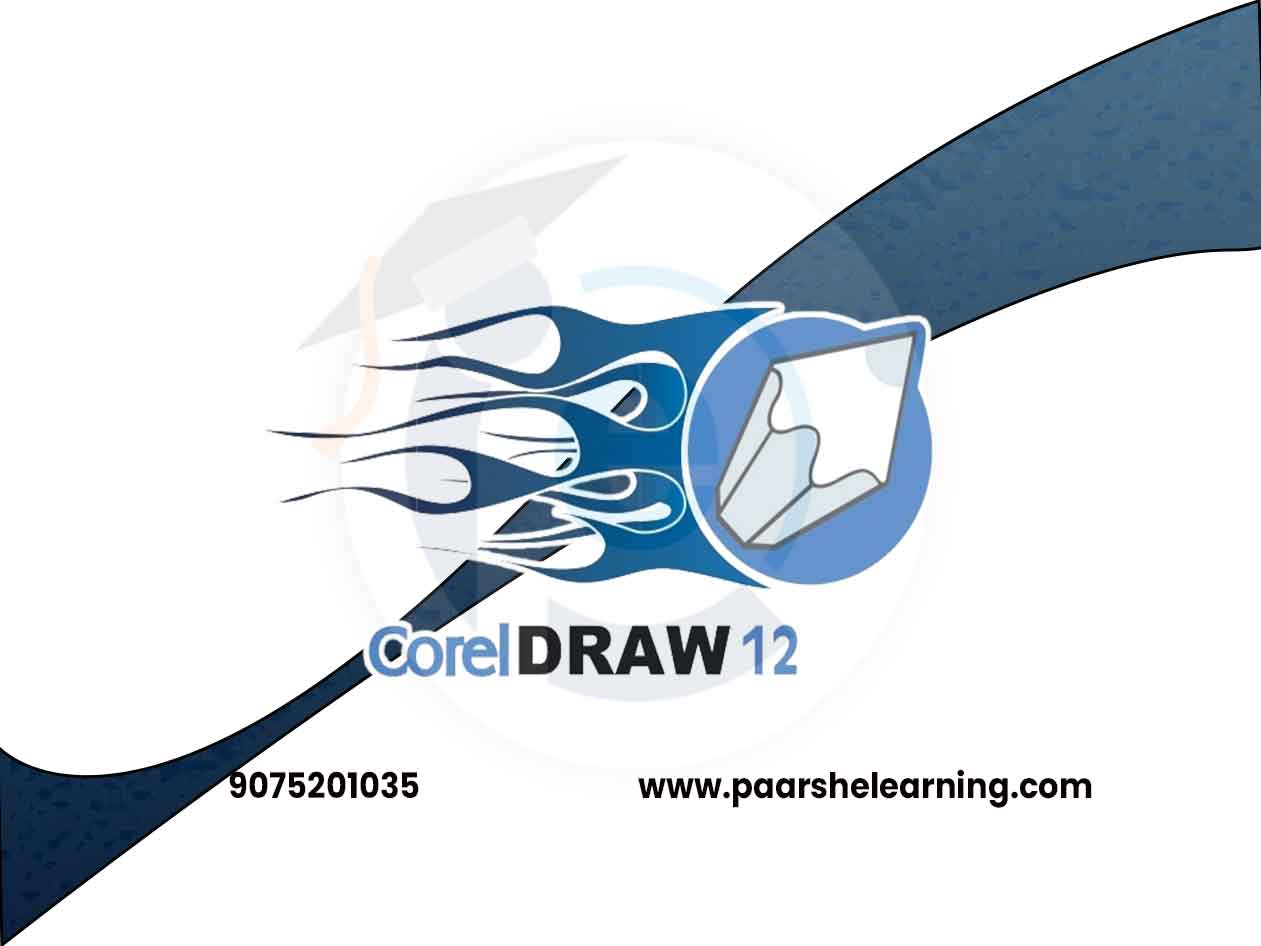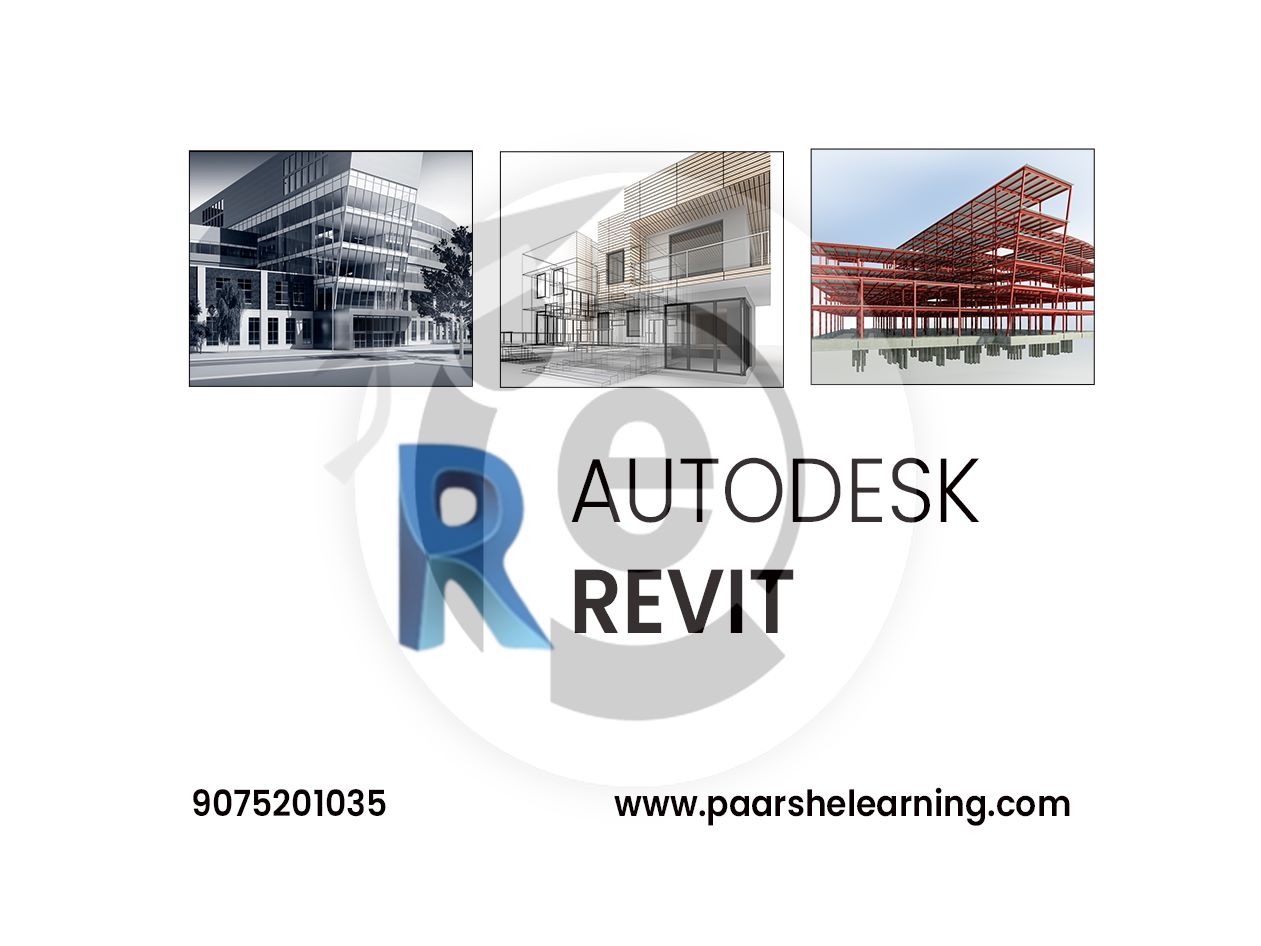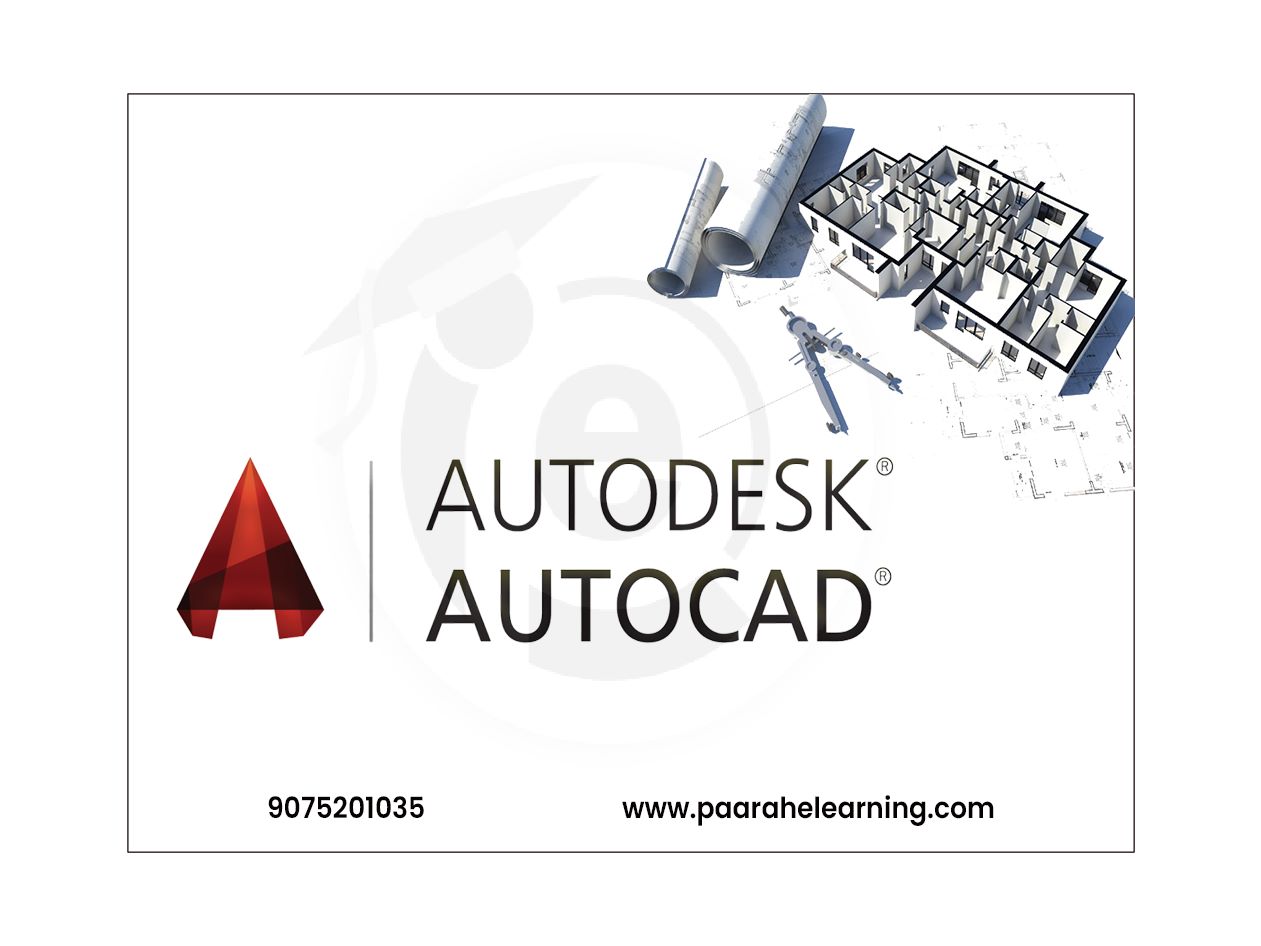- Here you are going to learn Remastering in CATIA from basic to advance. include sheet metal & plastics.
- Remastering in part design workbench and in surfacing too,
- We will discuss in detail how to crack CAD test in metal and interior & exterior plastics
- After this course, you will defiantly crack the CAD test in any MNC (Globally)
- AIM for all my courses is to get you guys ready for JOB.
Catia
Course description
-
CATIA (Computer-Aided Three-Dimensional Interactive Application) is a popular multi-platform software suite developed by Dassault Systèmes. It is widely used in industries such as automotive, aerospace, industrial machinery, and consumer goods for product design, engineering, and manufacturing. CATIA offers a comprehensive set of features that enable users to create, simulate, analyze, and optimize complex 3D models and assemblies. Here are some key features of CATIA:
-
Part Design: CATIA provides robust tools for creating 3D solid and surface models of individual parts. Users can sketch and extrude profiles, apply fillets and chamfers, perform Boolean operations, and manipulate geometry to create intricate part designs.
-
Assembly Design: CATIA allows users to create assemblies by defining relationships between individual parts. Users can position, align, and constrain components within the assembly, simulate motion and interference detection, and create exploded views and animations.
-
Generative Shape Design: CATIA offers advanced surfacing capabilities for creating complex freeform shapes. Users can create smooth surfaces using tools like lofting, sweeping, and blending. These features are particularly useful in designing ergonomic and aesthetically pleasing product shapes.
-
Wireframe and Surface Design: CATIA provides tools for creating 2D wireframe drawings and complex surface models. Users can create curves, splines, and wireframe geometry to define the underlying structure of the design. This is particularly useful in designing class-A surfaces for automotive and industrial design.
-
Sheet Metal Design: CATIA includes specialized features for designing sheet metal components. Users can create and unfold sheet metal parts, define bend allowances, add flanges, and generate flat patterns for manufacturing.
-
Drafting and Annotation: CATIA allows users to create detailed engineering drawings with dimensioning, annotations, and geometric tolerances. Users can generate multiple views, section cuts, and bills of materials (BOM) for documentation and manufacturing purposes.
-
Kinematics and Motion Simulation: CATIA offers tools for simulating the motion and behavior of assembled components. Users can define kinematic relationships, simulate the motion of moving parts, and analyze mechanisms for interference, clearance, and range of motion.
-
Finite Element Analysis (FEA): CATIA includes integrated FEA capabilities for structural analysis. Users can analyze parts and assemblies for stress, deformation, vibration, and heat transfer using various simulation methods.
-
Manufacturing Preparation: CATIA provides tools for preparing models and assemblies for manufacturing. Users can create tool paths, perform machining simulations, and generate CNC programs for milling, turning, and other manufacturing processes.
-
Integration and Collaboration: CATIA supports data exchange with other CAD systems and provides collaboration features for working in a multi-disciplinary environment. It enables interoperability with software such as CATIA V5, SolidWorks, AutoCAD, and more.
CATIA is a powerful and comprehensive CAD software suite that caters to the needs of designers, engineers, and manufacturers in various industries. Its extensive feature set, advanced capabilities, and integration with other software make it a valuable tool for product development, simulation, and manufacturing processes.
-
What you will learn from this course?
This course includes!
- Daily Live session
- A recorded session with problem-solving material
- Access on Mobile and TV
- Certificate of completion
- Recommendation Letter
- Job Assistance
This course is for
- TOOL DESIGNER, SMALL INDUSTRIES DESIGNER, FRESHERS
Prerequisites for this course
- CATIA V5
- Basic Computer Knowledge
Catia Syllabus
-
Introduction To Catia And Cad Basics
Understanding the role of CAD and CATIA in design and engineering Introduction to CATIA interface and workbenches Setting up the CATIA workspace and navigation Basic drawing and editing techniques in CATIA
-
Part Design And Modeling
Creating basic solid models: cubes, cylinders, prisms Using sketching tools for 2D profiles Applying features such as extrude, revolve, and sweep Design intent and parametric modeling in CATIA
-
Advanced Part Modeling And Surface Design
Creating complex solid models using advanced features Working with hybrid modeling techniques Introduction to surface modeling and lofting Creating and editing surfaces for complex shapes
-
Assembly Design And Kinematics
Creating assemblies by adding components and constraints Using assembly constraints for motion and relationships Introduction to kinematics and animations in CATIA Exploring exploded views and assembly documentation
-
Drafting And 2d Documentation
Creating 2D drawings from 3D models Setting up drawing views and projections Adding dimensions, annotations, and symbols Creating bill of materials (BOM) and annotations
-
Generative Shape Design And Advanced Techniques
Advanced surface modeling techniques in CATIA Creating complex shapes using the Generative Shape Design workbench Applying advanced surfacing features and strategies Real-world case studies and applications
-
Sheet Metal Design And Simulation
Introduction to Sheet Metal Design in CATIA Creating sheet metal parts and bends Simulating sheet metal folding and unfolding Introduction to simulation and stress analysis in CATIA
-
Real-world Applications And Final Projects
Applying CATIA to engineering design, aerospace, automotive, etc. Students work on individual or group projects applying CATIA to specific domains Instructor guidance and feedback during project development Final project presentations and evaluations
-
Paarsh E-Learning encourages hands-on practice and projects throughout the course to reinforce students' understanding of CATIA concepts. Depending on the goals of the course, you can emphasize different aspects of CATIA, such as part design, assembly, surface modeling, sheet metal design, or simulation. Make sure to cover both the theoretical foundations and practical implementation of CATIA.

